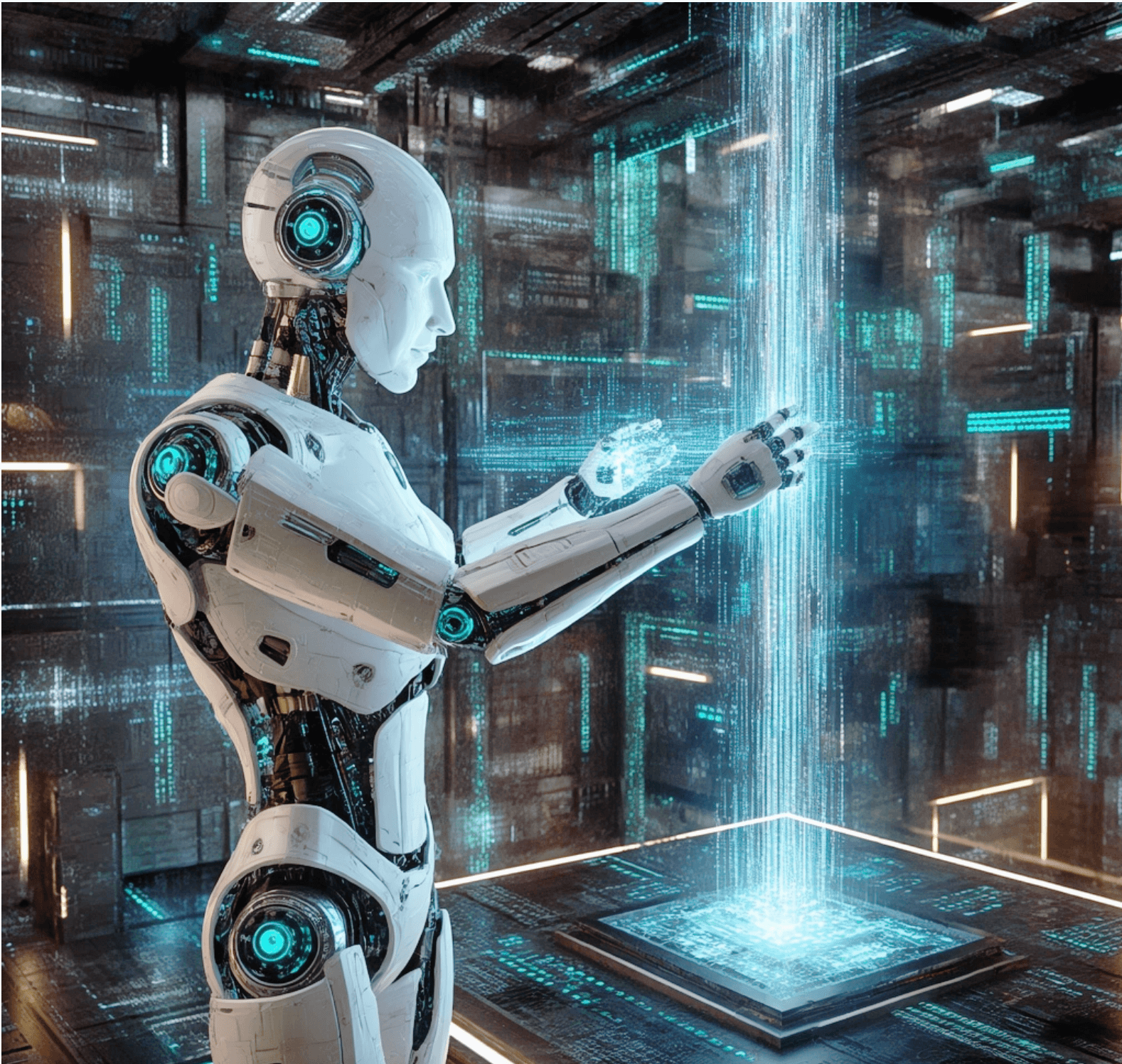In recent years, AI large models have swept the globe with their astonishing capabilities, becoming the hottest topic in the technology field. From the widespread discussion triggered by ChatGPT to the continuous emergence of various industry-specific large models, AI large models are reshaping our way of life and work at an unprecedented speed.
An AI large model, simply put, is an artificial intelligence model with a huge number of parameters trained through deep learning algorithms based on massive data. These models possess powerful capabilities in natural language processing, image recognition, data analysis, etc. They can understand complex human language, generate logical text, and even engage in creative artistic creation. Represented by the GPT series, its parameter scale continues to break records. From 175 billion parameters in GPT-3 to further breakthroughs in GPT-4, each upgrade brings amazing performance improvements.
In practical applications, AI large models have demonstrated great potential. In the field of education, it can generate personalized learning plans and tutoring content according to students’ learning situations, achieving true individualized education. In the medical industry, by analyzing a large number of medical cases, it can assist doctors in disease diagnosis and treatment plan formulation, improving the efficiency and accuracy of diagnosis and treatment. In the creative industry, AI large models can generate novels, paintings, music, etc., providing inspiration and materials for creators. In addition, in scenarios such as intelligent customer service and intelligent office, AI large models also play an important role, greatly improving work efficiency and reducing labor costs.
However, the development of AI large models also faces many challenges. Data privacy and security issues are at the forefront. The use of a large amount of sensitive data may lead to personal information leakage. Algorithmic bias cannot be ignored either, as the model may produce unfair results due to biases in the training data. Meanwhile, its energy consumption problem has also received increasing attention, as large-scale training requires a huge amount of computing resources and energy.
Despite these challenges, the development prospects of AI large models are still broad. In the future, with the continuous advancement of technology, AI large models will become more intelligent and efficient, and their integration with various industries will be deeper. It will not only promote industrial upgrading but also profoundly change the way humans live, leading us to a more intelligent future.

Leave a Reply